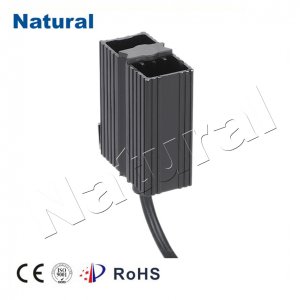Introduction

In the realm of heating technology, PTC (Positive Temperature Coefficient) heater elements have emerged as a groundbreaking innovation. With their ability to provide efficient, safe, and versatile heating solutions, PTC heater elements have revolutionized various industries, from consumer electronics to automotive systems. This article delves into the principles, applications, and advantages of PTC heater elements. Principles of PTC Heater Elements PTC heater elements are crafted using materials that exhibit a unique electrical property: their resistance increases significantly as temperature rises. This characteristic is in stark contrast to traditional heating elements, which generally feature a constant resistance. The secret behind PTC heater elements lies in the way their resistance responds to temperature changes. As the temperature climbs, the resistance surges, resulting in a self-regulating system that prevents overheating. Applications in Diverse Industries Consumer Electronics: PTC heater elements find ample application in consumer electronics, such as hairdryers, curling irons, and soldering irons. Their self-regulating feature ensures that the device doesn’t exceed a safe temperature, preventing damage or accidents. Automotive Industry: PTC heater elements are employed in a range of automotive systems. From defogging windows and warming car seats to heating fluids and regulating engine temperature, these elements offer efficiency and reliability. Medical Equipment: Medical devices that require controlled and precise heating, like nebulizers and incubators, benefit from the inherent safety and accuracy of PTC heater elements. Industrial Processes: PTC heater elements are used in industrial settings for applications like heating liquids, gases, and surfaces. Their quick response time and consistent temperature control enhance production processes. Advantages of PTC Heater Elements Self-Regulation: PTC heater elements automatically adjust their resistance based on temperature changes. This characteristic eliminates the need for external temperature regulation, making them safer and more energy-efficient. Safety: Traditional heating elements can pose a fire hazard if left unattended or if the temperature control malfunctions. PTC heater elements reduce this risk due to their inherent ability to prevent overheating. Longevity: PTC heater elements have a longer lifespan compared to traditional counterparts. The self-regulating mechanism prolongs their operational life by preventing excessive wear and tear. Energy Efficiency: The self-regulation property of PTC heater elements means that they draw more power when cold and less power as they heat up. This behavior results in energy savings, as they consume less electricity once they reach the desired temperature. Rapid Response: PTC heater elements heat up rapidly due to their low thermal mass. This makes them suitable for applications where quick heating is essential. Conclusion The advent of PTC heater elements has ushered in a new era of heating technology. Their self-regulation, safety, energy efficiency, and versatility have made them an indispensable component in various industries. As technology continues to evolve, we can expect further advancements in PTC heater elements, leading to even more efficient and innovative heating solutions.